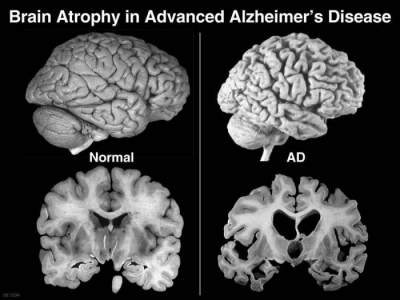Apr 7, 2017
Report: Majority Of UFO Abductions Committed
Posted by Alireza Mokri in category: alien life
WASHINGTON—Challenging commonly held misperceptions, the U.S. Department of Justice published a report this week revealing that the vast majority of UFO abductions are perpetrated by aliens a person knows rather than extraterrestrials unfamiliar to victims. “The popular notion of UFO abductions is of a person being beamed up into the sky by strange, hostile beings from Sirius or Andromeda, but the reality is that most of these abductions are committed by an extraterrestrial acquaintance the victim trusts and feels comfortable around,” DOJ spokesman Devin Shane said of the estimated 2,800 reported victims of UFO abduction last year, many of whom were taken against their will into an advanced spacecraft and subjected to psychological experiments and medical examinations by nonhuman entities they already knew through family or friends. “While it’s true that a significant number of abductions are still carried out by extrasolar reptilian beings with planetary invasion-related motives, data shows that known relationships with extraterrestrials are by far the greater danger to civilians, with many aliens committing abduction for personal reasons, such as indulging their own cravings for power, control, or revenge, or siphoning human energy from host bodies in order to replicate.” Officials noted, with a degree of optimism, that evidence now shows only 10 percent of all UFO abductions result in aliens impregnating the victim with thousands of eggs.


















